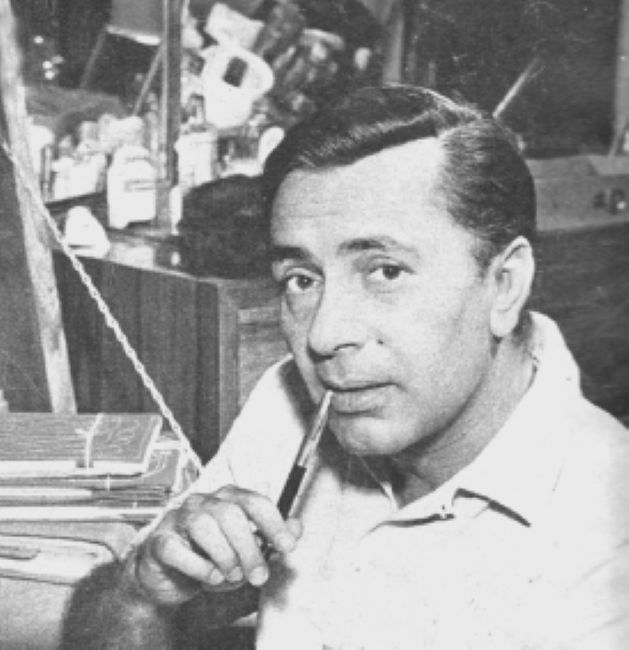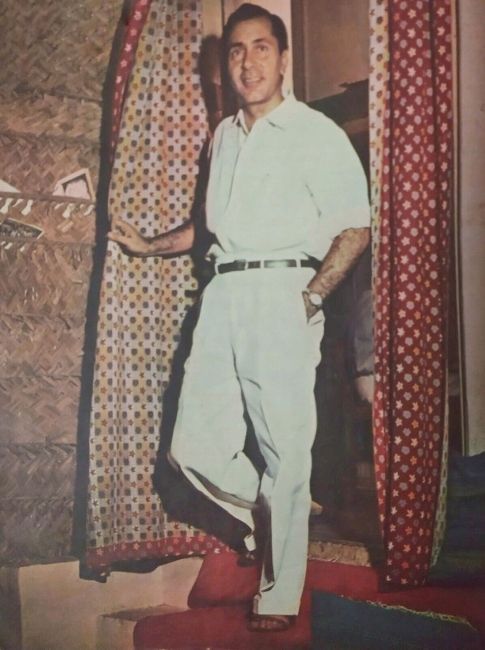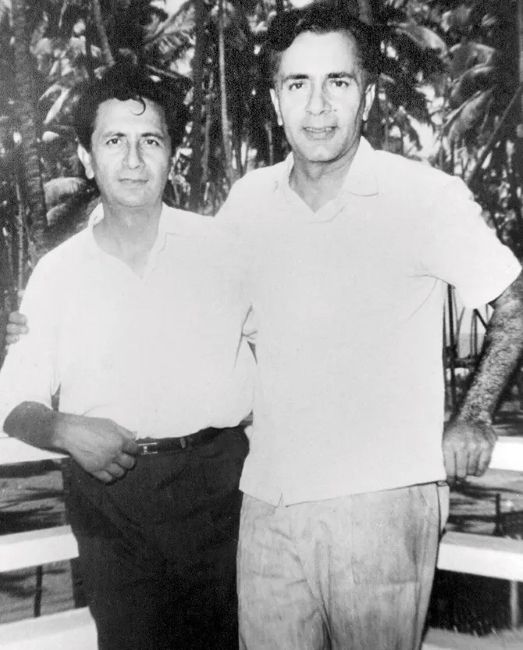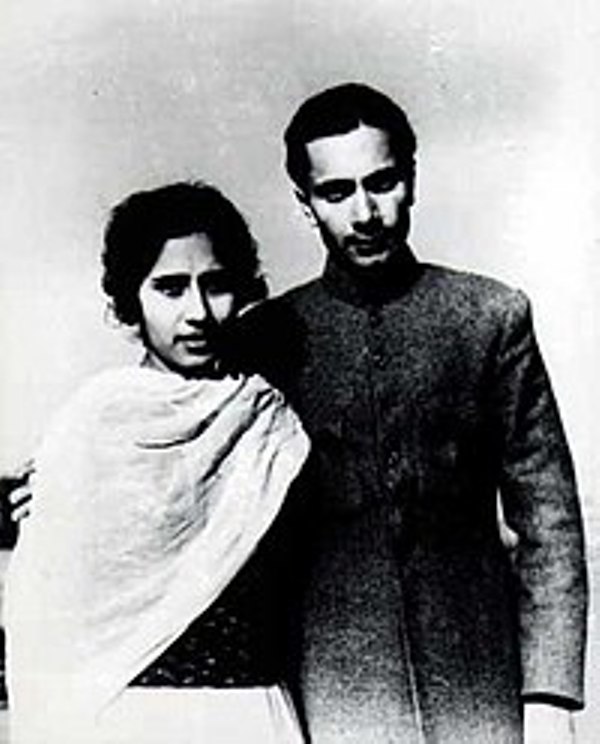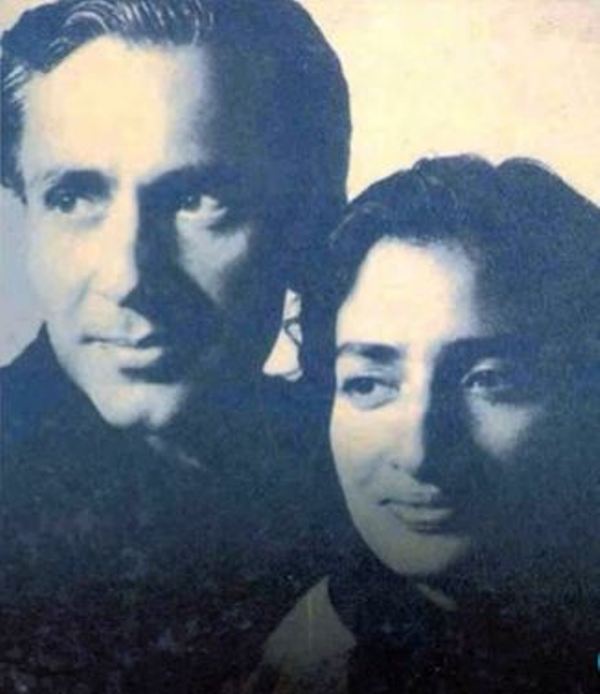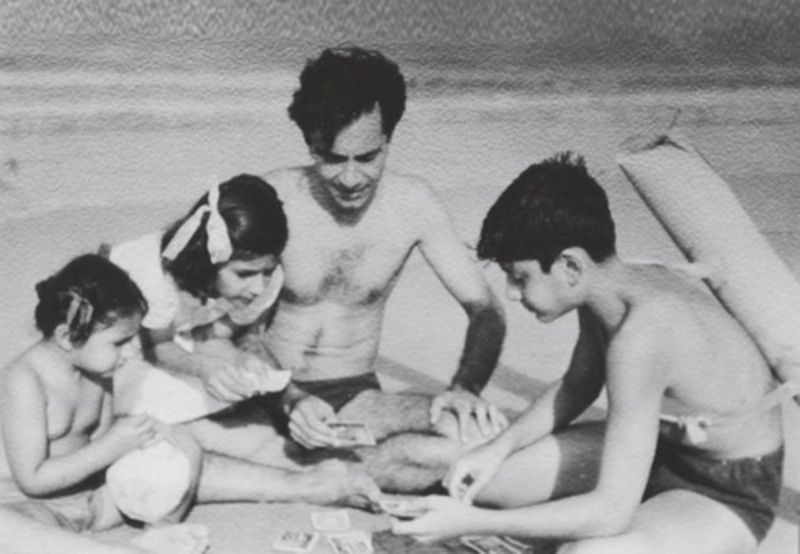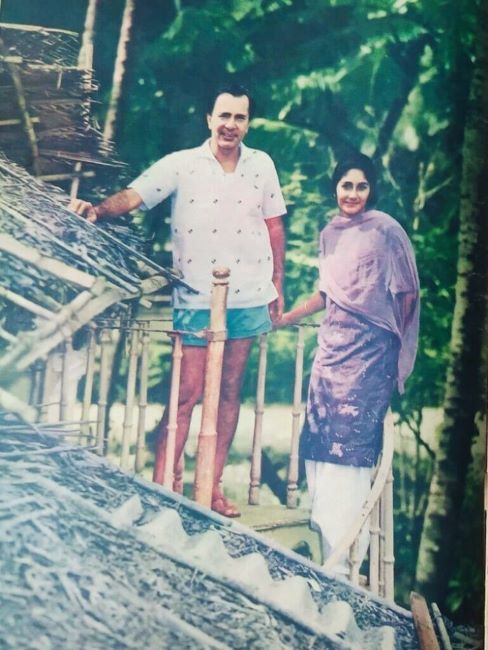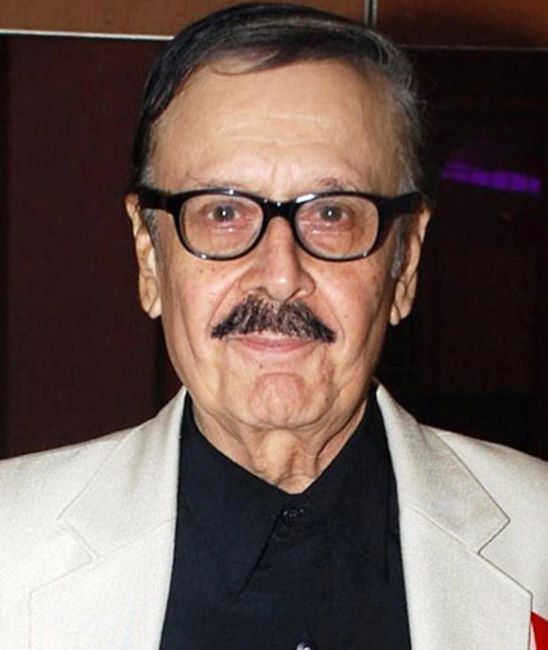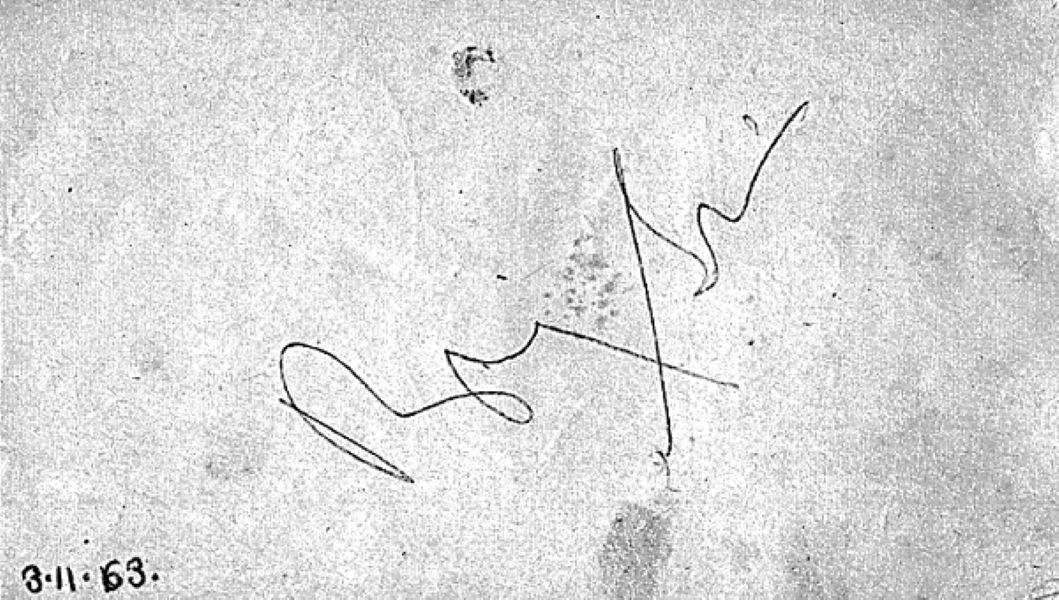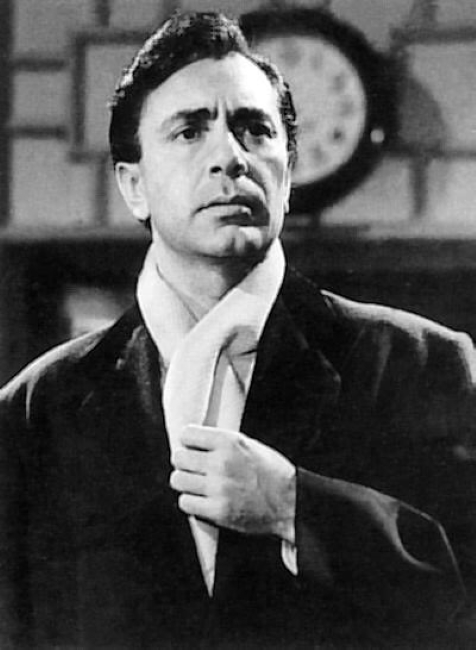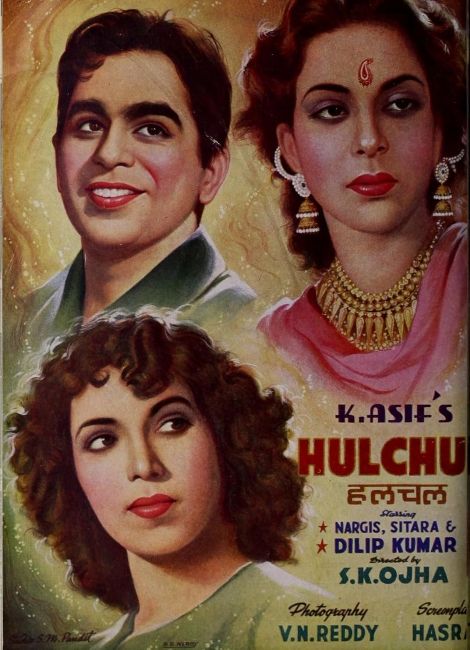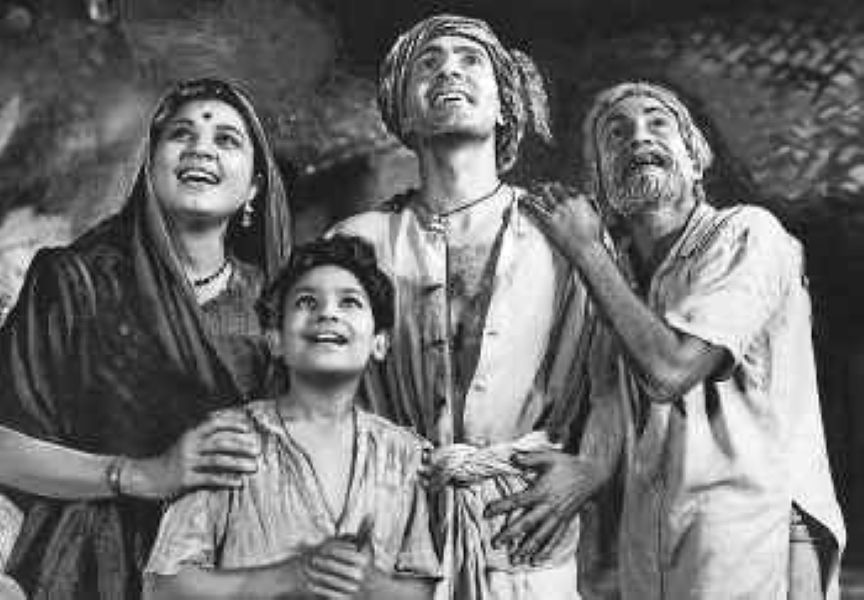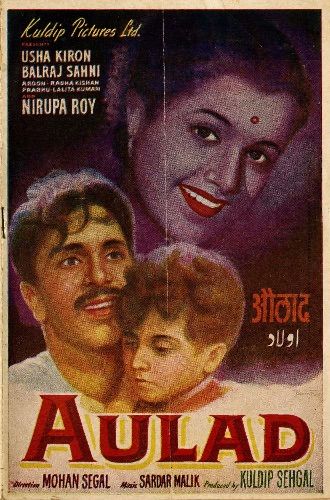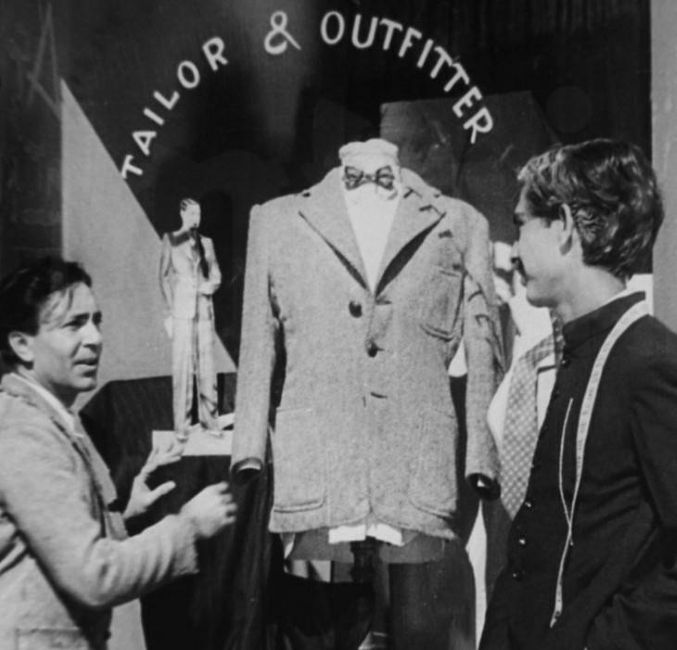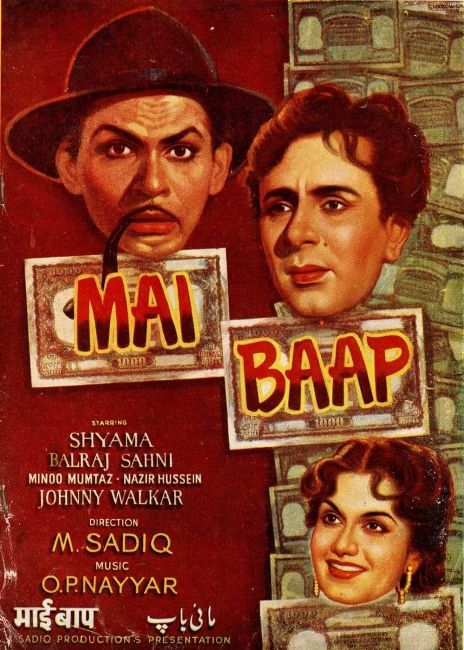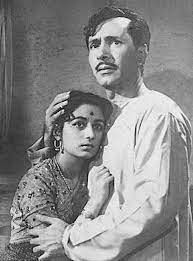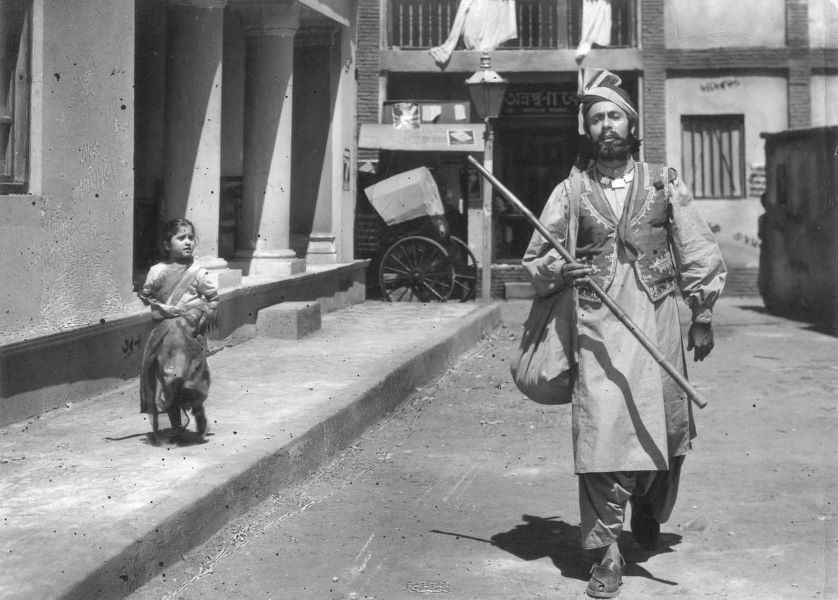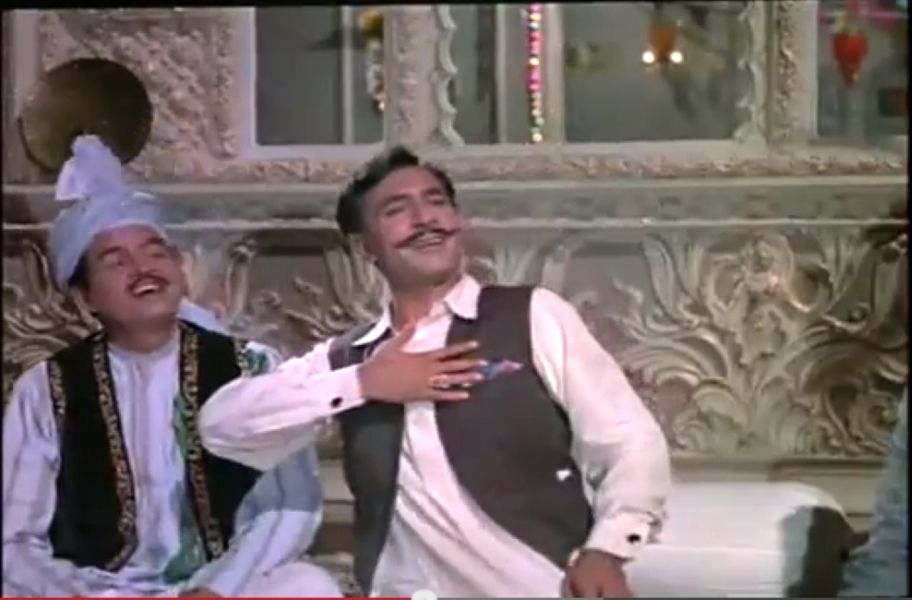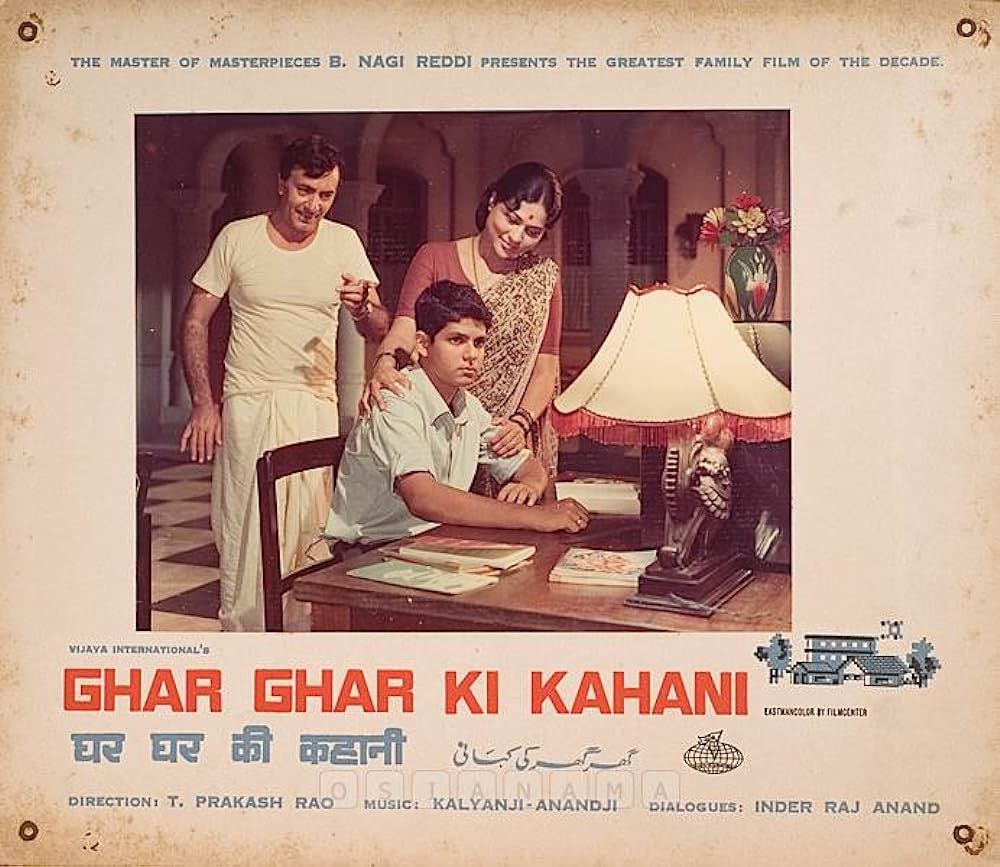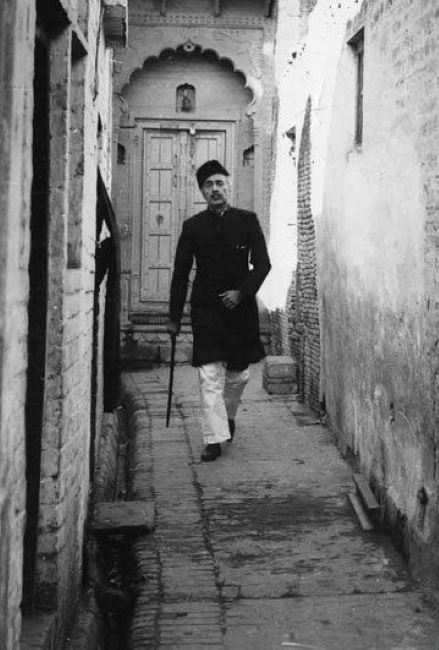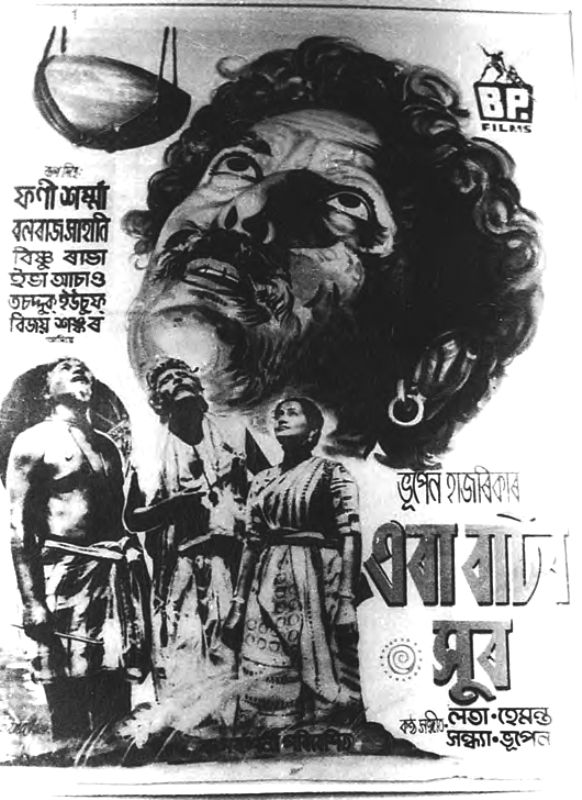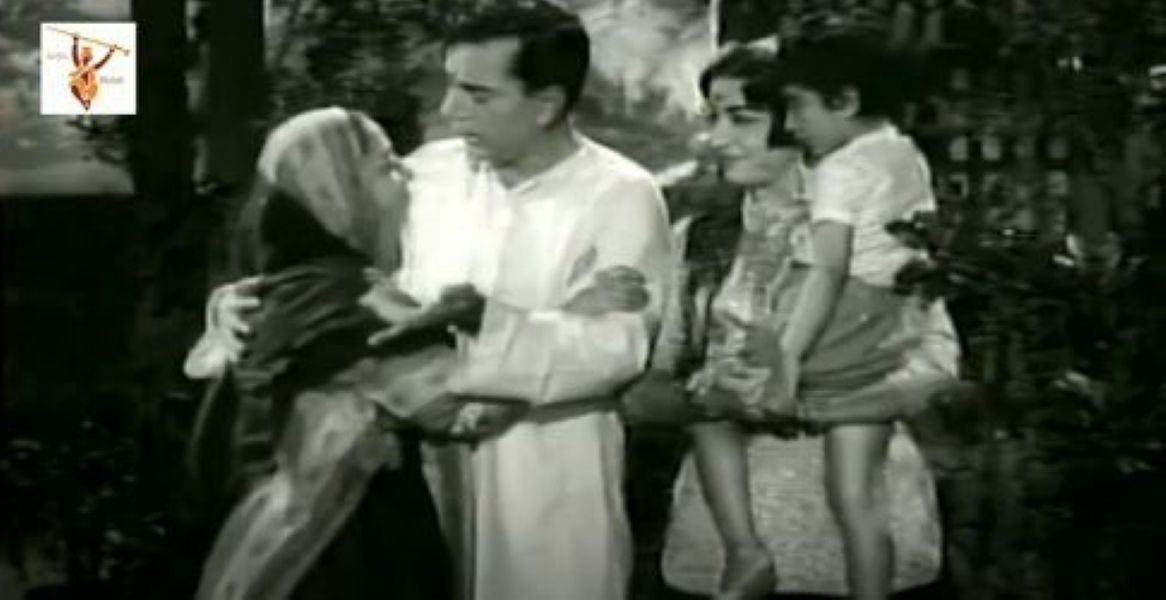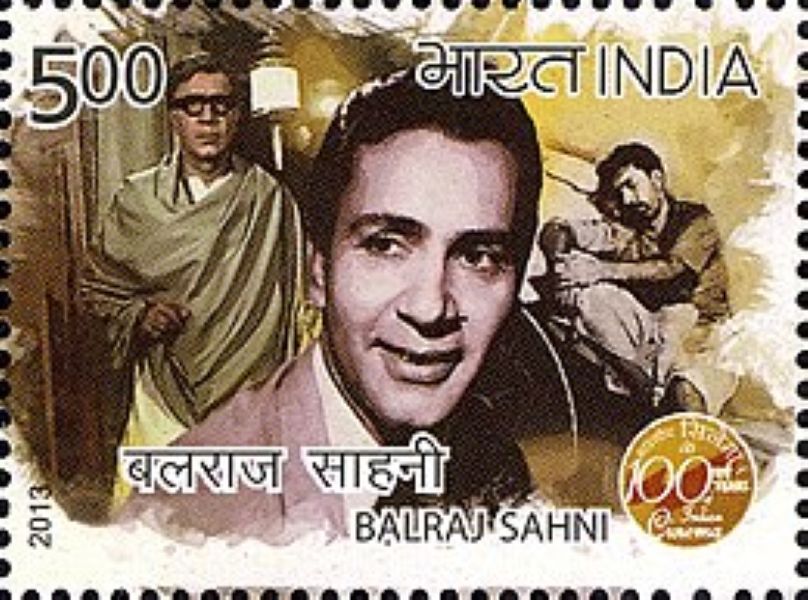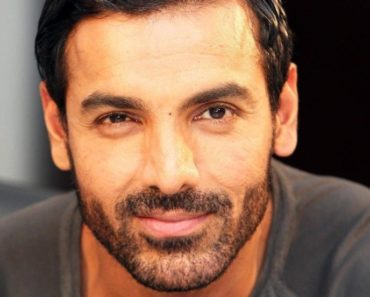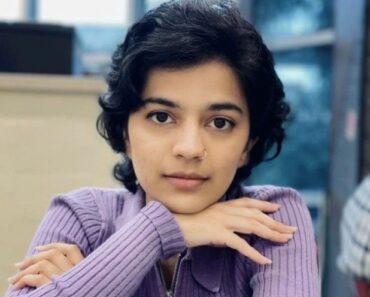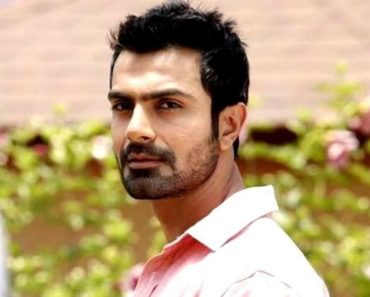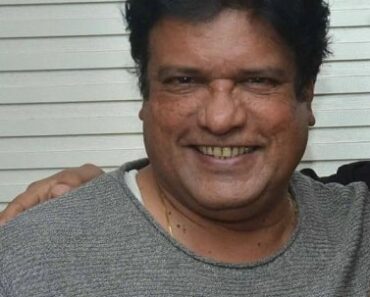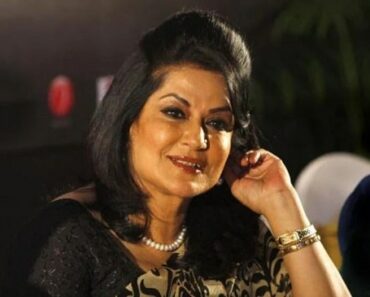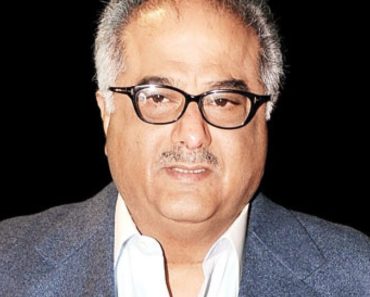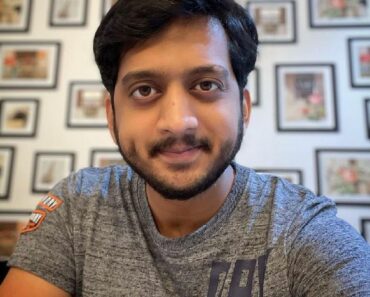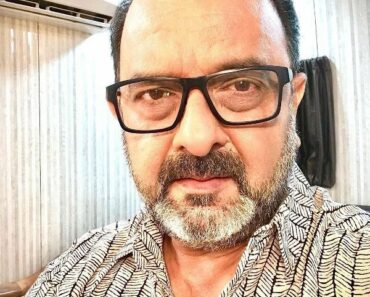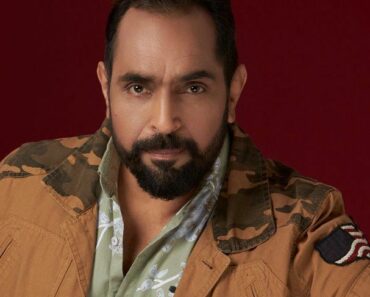Balraj Sahni (1913-1973) was a famous Indian film actor and writer known for being a method actor and working in films such as Dharti ke Lal (1946), Hum Log (1951), Do Bigha Zamin (1953), Satta Bazaar (1959), Kabuliwala (1961), Neel Kamal (1968), Do Raaste (1969), and Garam Hava (1973). Balraj Sahni passed away at the age of 59 on 13 April 1973 after suffering from a cardiac attack.
Contents
Wiki/Biography
Balraj Sahni was born as Yudhishthir Sahni on Thursday, 1 May 1913 (age 59; at the time of his death) in Rawalpindi, Punjab Province, British India (present-day Punjab Province, Pakistan). His zodiac sign is Taurus. In the beginning, he started his schooling from Arya Samaj Gurukul. He later got admitted to D.A.V. after protesting to his father about the poor education in Gurukul. He earned a bachelor’s degree in Hindi after which he studied M.A. He studied M.A. in English at the Government College University, Lahore. [1]Scroll.in He is also an alumnus of Government Gordon College, Rawalpindi.
Physical Appearance
Height (approx.): 5′ 10″
Hair Colour: Black
Eye Colour: Black
Family
Balraj Sahni was born in a family of Arya Samaj followers.
Parents & Siblings
Balraj Sahni’s father’s name is Harbans Lal Sahni. He was an import businessman. Balraj Sahni’s mother, Lakshmi Devi, was a homemaker. Balraj Sahni had a brother, Bhisham Sahni, who was a famous writer, playwright, and actor.
Wife & Children
Balraj Sahni married twice. He married his first wife, Damayanti Sahni, in 1936. She was an actress and a social activist. They taught together at Tagore’s Visva-Bharati University in Shantiniketan, Kolkata, for some time before moving to London. After returning from London in 1943, both of them joined the Communist Party of India. As a member of the Communist Party, she would often work with the slum dwellers and eat with them. It was while working in the slums that she contracted amoebic dysentery, a parasitic infection caused by drinking contaminated water. The medicines had adverse effects on her heart, and she passed away on 29 April 1947. Bhisham Sahni discussed the impact of Damyanti’s death on Balraj, in his biography, Balraj: My Brother, and wrote,
It was a staggering blow for Balraj. Dammo’s passing away in the prime of her youth, at the age of twenty-eight, was like the removal of the king-pin from Balraj’s life. She had been to him a devoted wife and a very enlightened life-partner. During the last three years they had been pursuing together these activities, in the same ardent and selfless manner, which had not only brought them closer but also made their marital life wholesome and happy.”
After the passing away of his first wife, Balraj Sahni married his first cousin, Santosh Chandhok, a writer, in 1949.
Balraj Sahni had 3 kids, Parikshit Sahni, a famous Bollywood actor, and Shabnam Sahni from Damayanti. He became the father of Sanober Sahni from Santosh.
Religious Views
Although he was born into a family that strongly followed Arya Samaj, Balraj Sahni was not very much into religion. His son, Parikshit Sahni discussed his views on religion in an interview and said,
He was averse to religion. In his book, Mera Drishitikon, he urged readers to be wary of padres, pundits and mullahs. They are the ones causing wars in the world he wrote.”
Signature/Autograph
Career
Early Career
In 1934, Balraj Sahni started working in his father’s import business. In 1937, he went to Lahore to work as a journalist for a short while and published a newspaper called ‘Monday Morning’. The newspaper business did not work, and he later went to Calcutta(now Kolkata) with his wife Damyanti. Balraj Sahni was already writing short stories when he was in Government College, Lahore. He published them in different publications, including the college journal, ‘Ravi’. In Kolkata, he focused on his writing and started publishing more frequently. His brother Bhisham Sahni wrote about his activities in Kolkata in his book, ‘Balraj: My Brother’,
He began contributing humorous pieces to a pictorial weekly, called Sachitra Bharat, from which he earned exactly four rupees per article. His interesting children’s tale, ‘Dhapor Shankh’, was written in those days.”
The money from writing wasn’t enough and the couple then moved to Santiniketan, where Mahatma Gandhi and Rabindranath Tagore lived, and became a Hindi teacher. He then moved to Sevagram with Mahatma Gandhi and worked as a member of the editorial staff of ‘Nai Talim’ newspaper. In 1939, he left for England and became a Hindi broadcaster for the BBC. He returned to India in 1943 and soon joined the IPTA (Indian People’s Theatre Association) and started working in plays.
Films
Hindi Films
In 1946, he made his debut in the Hindi cinema with a minor role in the film ‘Insaaf.’ In the same year, he also worked on ‘Door Chalen,’ ‘Badnami,’ and ‘Dharti Ke Lal.’ Dharti Ke Lal was very well received among critics all over the world because of its intense and realistic portrayal of famine-struck Bengal.
In 1951, he starred in ‘Hum Log’ as Raj, which received positive reviews from critics. In the same year, he also starred in ‘Hulchul’ as Jailor. To help him prepare for the role, the film’s director, K. Asif took him to Arthur Road prison. Ironically, he was jailed for 6 months in the same prison in real life due to communist activities and was permitted to come out only to shoot his scenes.
The breakthrough role of Balraj Sahni’s career came in 1953 when he played Shambhu Maheto in ‘Do Bigha Zamin’. It was the first film to win the Filmfare Award for Best Film and was also the first Indian film to win Prix Internationale at the Cannes Film Festival in 1954. To prepare for his role, he was taught to pull the rickshaw by a member of the Rickshawallas’ Union. He spent a week in the summer heat of Kolkata, pulling a rickshaw on the asphalt roads, which left blisters on his legs. On the set of the film, he met a rickshaw puller whose story was similar to the protagonist of the film, which helped him to play the role efficiently.
In 1954, Balraj Sahni starred in ‘Bazooband’ as Surajmal. In the same year, he also starred in another memorable film ‘Aulaad’.
In 1955, he starred in ‘Tonga-wali’ as Laxman. In the same year, he starred in ‘Seema’ as Ashok “Babuji” and ‘Garam Coat’ as Girdharilal “Girdhari”.
In 1957, he starred in ‘Pardesi’ as Sakharam. It was an Indo-Soviet co-production directed by Indian director, Khwaja Ahmad Abbas and Russian director, Vasili Pronin. In the same year, he starred in the comedy ‘Mai Baap’ as Chandan.
In 1958, he starred along with Nargis in the lead in ‘Lajwanti’ as Nirmal Kumar. The film won the National Film Award for Best Feature Film in Hindi. In 1958, he starred in ‘Ghar Sansar’ as Kailash. In 1959, he starred in ‘Chand’ as Mr. Kapoor. In the same year, he starred in ‘Chhoti Bahen’ as Rajendra.
In 1960, he starred in ‘Dil Bhi Tera Hum Bhi Tere’ as Panchu Dada. In the same year, he also starred in two other films, ‘Bindya’ as Devraj and ‘Anuradha’ as Dr. Nirmal Chaudhary. In 1961, he starred in ‘Bhabhi Ki Chudiyan’ as Shyam. He also starred in a critically acclaimed ‘Kabuliwala’ as Abdul Rehman Khan in the same year.
In 1962, he starred in ‘Shaadi’ as Ratan and ‘Anpadh’ as Chaudhary Shambhunath. In 1964, he starred in ‘Haqeeqat’ as Major Ranjit Singh. In 1965, he had a cameo in ‘Dak Ghar’ as Andhe Baba/Fakir. In the same year, he starred in a critically acclaimed film ‘Waqt’ as Lala Kedarnath Prasanta. He has forever immortalised the song ‘Ae Meri Zohrajabeen’ of the film with his brilliant performance.
In 1968, he played the role of Mr. Raichand in ‘Neel Kamal’. In the same year, he starred in ‘Sunghursh’ as Ganeshi Prasad. In 1969, he starred in the blockbuster film ‘Ek Phool Do Mali’ as Kailashnath Kaushal and was nominated for the Filmfare Best Supporting Actor Award. In 1970, he starred in ‘Ghar Ghar Ki Kahani’ as Shankarnath.
In 1973, he starred in ‘Garam Hava’ as Salim Mirza. The film won the Nargis Dutt Award for Best Feature Film on National Integration along with three Filmfare Awards. In 1977, his last film, ‘Jallian Wala Bagh’ was released.
Assamese Film
He made his debut in the Assamese cinema with ‘Era Bator Sur’ (1956).
Punjabi Films
He made his debut in the Punjabi cinema with ‘Satluj De Kandhe’ in 1964, which won the National Film Award for Best Feature Film in Punjabi language. In 1970, he appeared in a blockbuster hit film ‘Nanak Dukhiya Sab Sansar.’
Awards & Honours
- In 1945, he won the BFJA Awards For Best Art Direction in the Hindi language for the film ‘Shakuntala’ (1943).
- In 1968, he won the BFJA Awards For Best Actor In a Supporting Role in Hindi language for the film ‘Aasra’ (1966).
- In 1969, he was awarded the Padma Shri.
- For his travelogue Mera Rusy Safarnama (1969), he won the Soviet Land Nehru Award.
- In 1975, he won the BFJA Awards For Most Outstanding Work Of The Year in Hindi language for the film ‘Garm Hava’ (1973).
- In 2013, the Government of India issued a postal stamp to honour Balraj Sahni on the occasion of 100 Years of Indian Cinema.
Death
Balraj Sahni passed away on 13 April 1973 at the age of 59 due to cardiac arrest, in Mumbai, India. Parikshit Sahni talked about how deeply impacted he was in an interview, due to the death of his daughter Shabnam, who passed away in the previous year and could not recover from the grief. He further said,
My sister Shabnam had a bad marriage. She came back to live with us. She felt unwanted and had a nervous breakdown. Then one day she suffered a brain haemorrhage and died. She was around 26-27, the same age at which my mother had died. She was the carbon copy of my mother. Dad was a broken man and didn’t recover from the grief. Shabnam passed away in 1972. Dad passed away in 1973. He felt somewhere responsible for her death.”
Facts/Trivia
- He was the founder of ‘The Juhu Art Theatre’, a drama group that comprised his wife Santosh and his friends.
- He was one of the founders of Punjabi Kala Kendra. It was founded in 1973 in Bombay (now Mumbai). [2]The Tribune Balraj Sahni would often visit Punjab to act in plays conducted by Punjabi Kala Kendra.
- He turned to Marxism after becoming influenced by the Russian cinema during his stay in England.
- He was a non-vegetarian.
- He was proficient in multiple languages including English, Hindi, Urdu, Punjabi, Bengali, Marathi, and Gujarati.
- He wrote two travelogues, Mera Pakistani Safarnama (1960) and Mera Rusy Safarnama (1969).
- He wrote his last play in Punjabi, ‘Bapu Ki Kahega’ in 1973.
- He regretted refusing the nomination for the Rajya Sabha seat as it would have been a good opportunity for him to understand the conditions of India better through travelling.
- He wrote the screenplay of ‘Baazi’ (1951) which was directed by Guru Dutt.
- He is also the founder of the All India Artists Association.
- His hobbies included reading and writing.
- He wrote short stories throughout his life.
- He often wrote for the Punjabi language magazine, Preetlari.
- His films often contained social messages.
- Throughout his career, he has appeared in more than 100 films.
- He would often bring his typewriter to the film sets. Recalling how his father started this practice, Parikshit in an interview said,
He was called at 9 am and asked to put on make-up for a shoot. Till 6 pm, he wasn’t called for a single shot. Finally, he was told it was pack-up. Dad was livid. Then on he began carrying his typewriter on the set.”
- He was encouraged to start writing in Punjabi at Visva-Bharati University, Santiniketan, West Bengal, by Rabindra Nath Tagore.
- He met Mahatma Gandhi at Shantiniketan and accompanied him to Sevagram, where he worked as part of the editorial staff for their newspaper called ‘Nai Talim.’
- Parikshit Sahni shares in his book ‘The Non-Conformist: Memories of My Father Balraj Sahni’ (2019) that he had his first cigarette and beer with his father, Balraj Sahni.
- In the book, he also wrote about Balraj’s strong belief in socialist realism and his habit of observing people closely while sitting in a railway station wearing a fake nose and moustache.
References
| ↑1 | Scroll.in |
|---|---|
| ↑2 | The Tribune |

